Find A Professional
More Items From Ergsy search
-
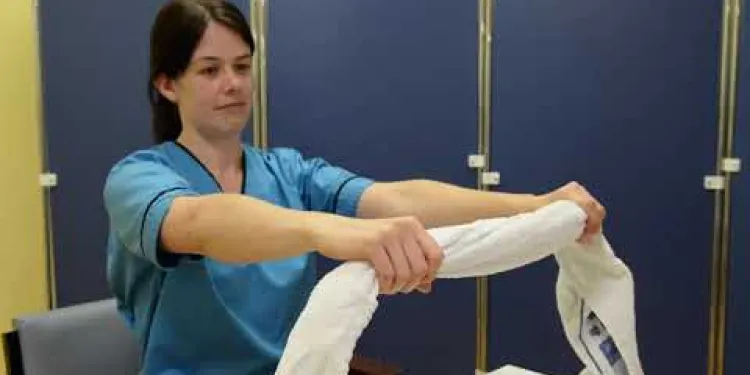
Elbow
Relevance: 100%
-

Tennis Elbow
Relevance: 77%
-
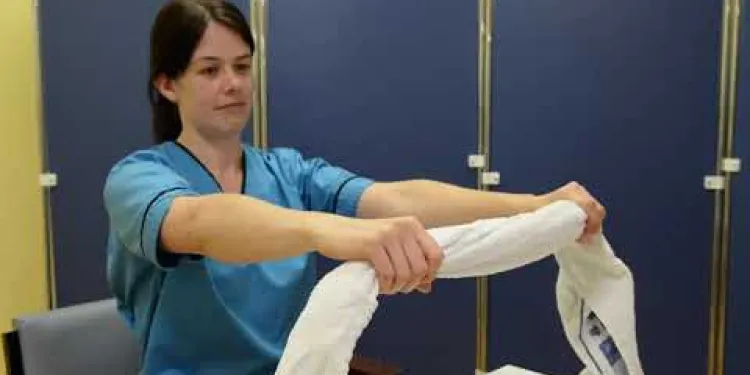
Elbow
Relevance: 72%
-
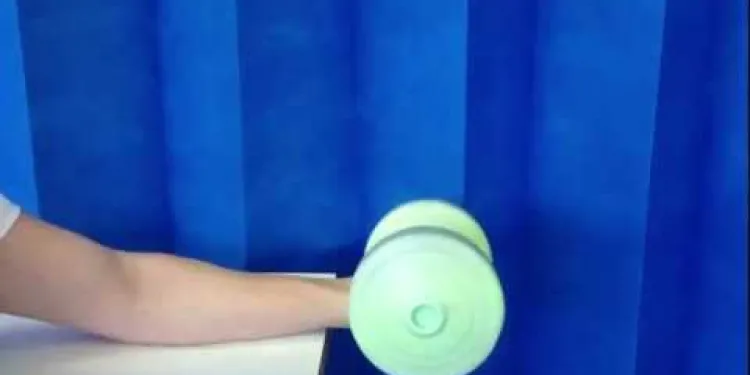
Eccentric loading forearm extensors (for tennis elbow)
Relevance: 45%
-
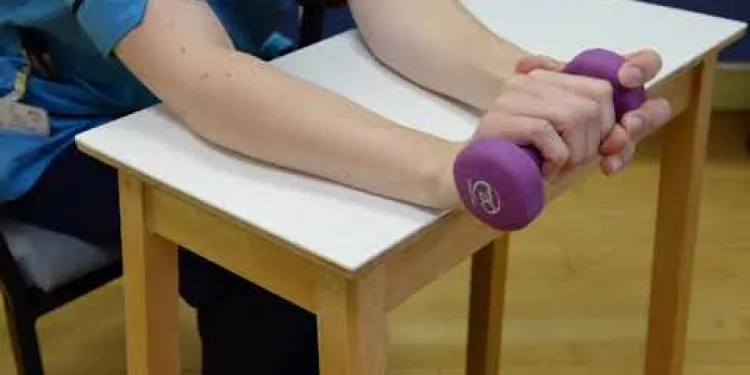
Elbow Eccentric Strengthening Exercise
Relevance: 41%
-
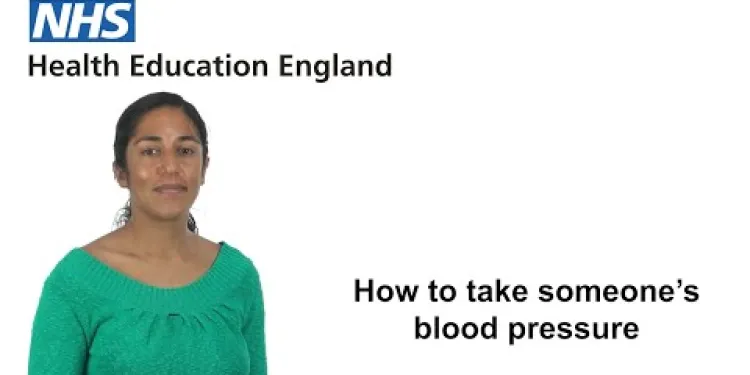
How to take someone's blood pressure
Relevance: 4%
-
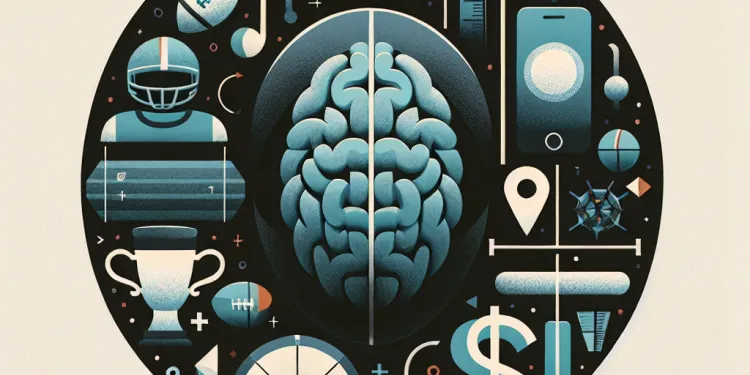
What causes concussions in rugby?
Relevance: 4%
-
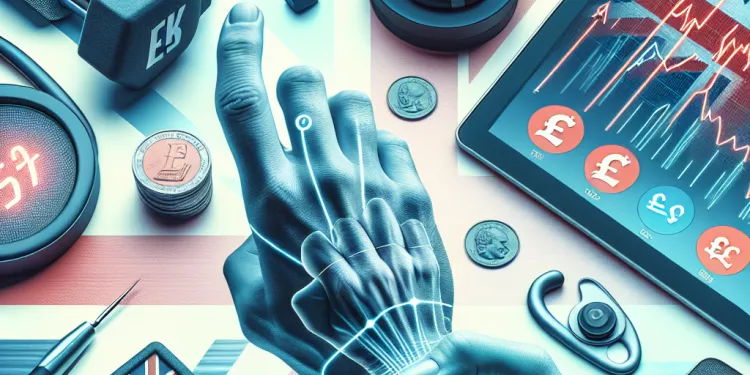
Are there specific exercises that can help with Carpal Tunnel Syndrome?
Relevance: 3%
-
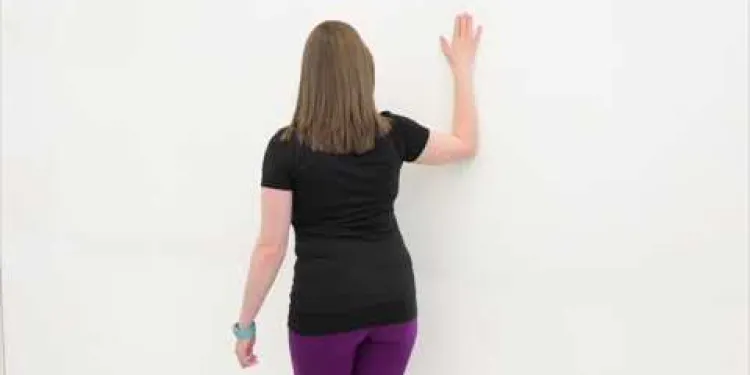
Frozen Shoulder Anterior Shoulder Stretch
Relevance: 3%
-
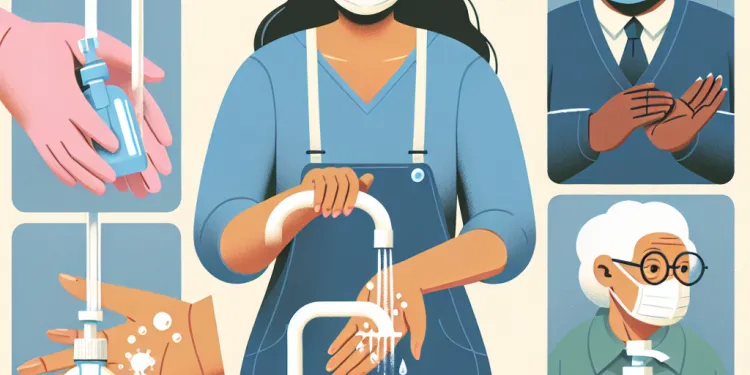
How can I prevent spreading my cold to others?
Relevance: 3%
-

Psoriasis | NHS
Relevance: 3%
-
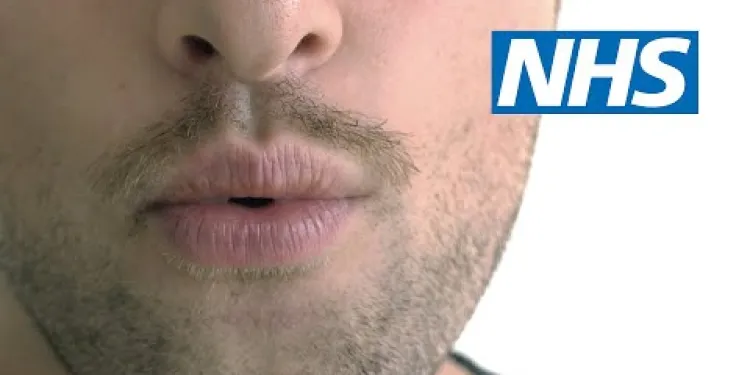
Tips for breathlessness | NHS
Relevance: 2%
-
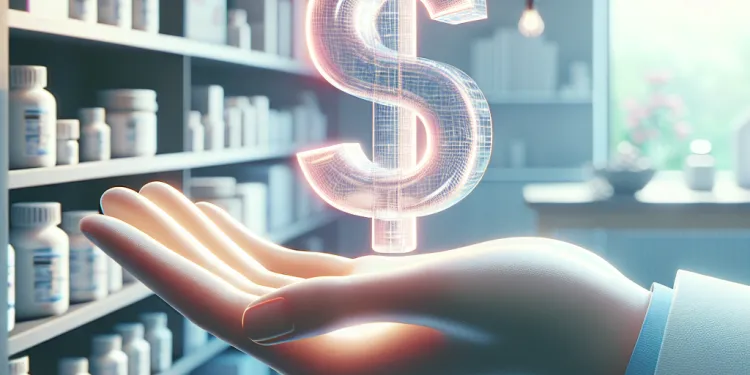
Can over-the-counter treatments help with psoriasis?
Relevance: 2%
-
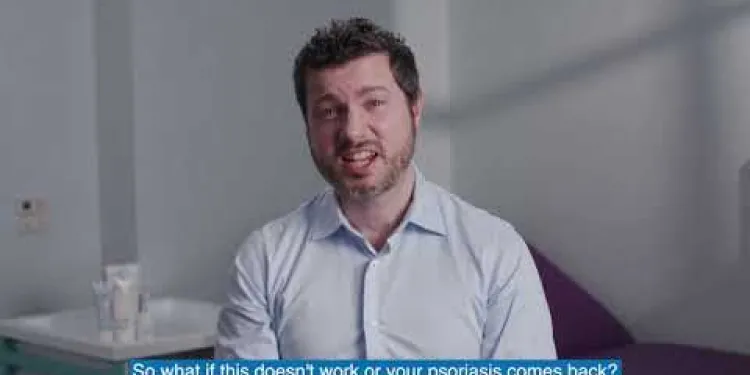
How to treat psoriasis
Relevance: 2%
-
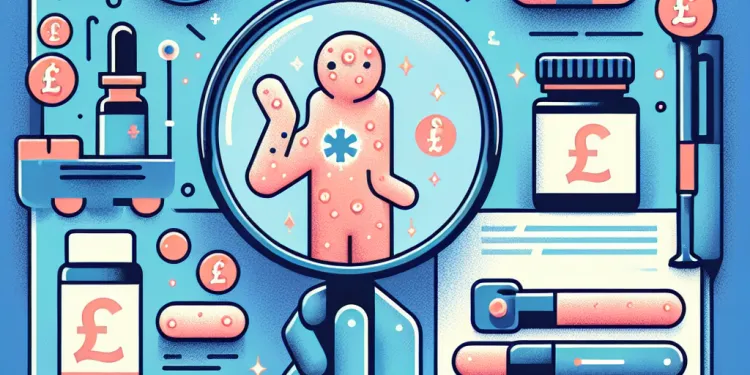
Is there a cure for psoriasis?
Relevance: 2%
-
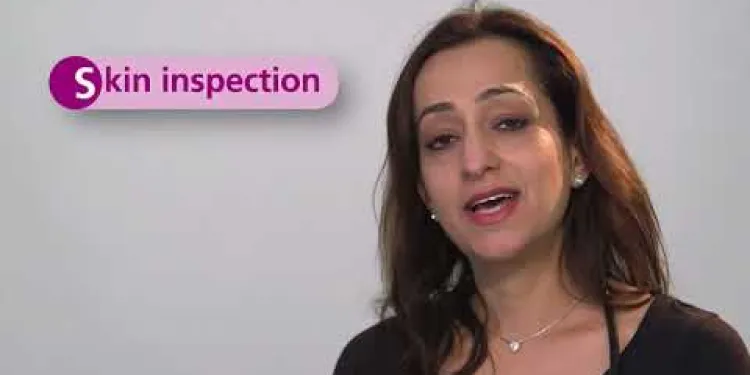
Pressure ulcer prevention: A guide for patients, carers and healthcare professionals
Relevance: 2%
-

Managing and treating your child's eczema
Relevance: 2%
-

What are topical treatments for psoriasis?
Relevance: 2%
-
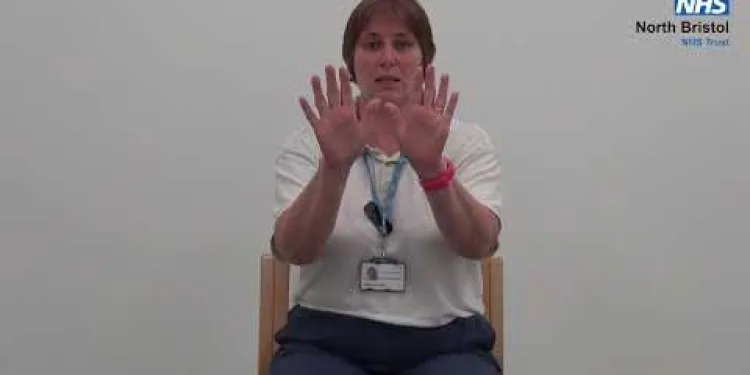
Shoulder Exercises 1
Relevance: 2%
-

What causes psoriasis?
Relevance: 2%
-

An Introduction to Decompression Illness: Signs & Symptoms”. Dr Roland Armes
Relevance: 2%
-
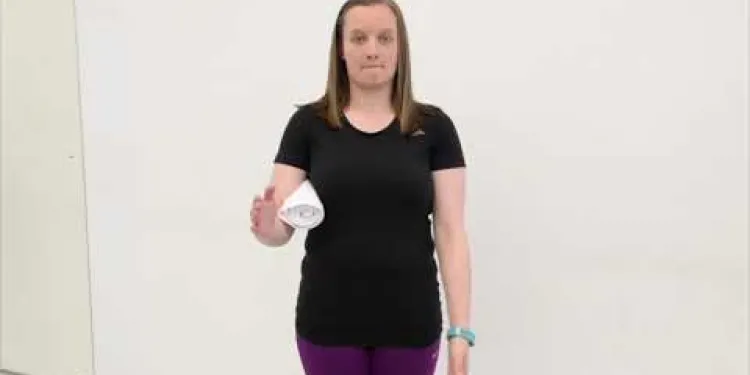
Frozen Shoulder Isometric External Rotation
Relevance: 2%
-
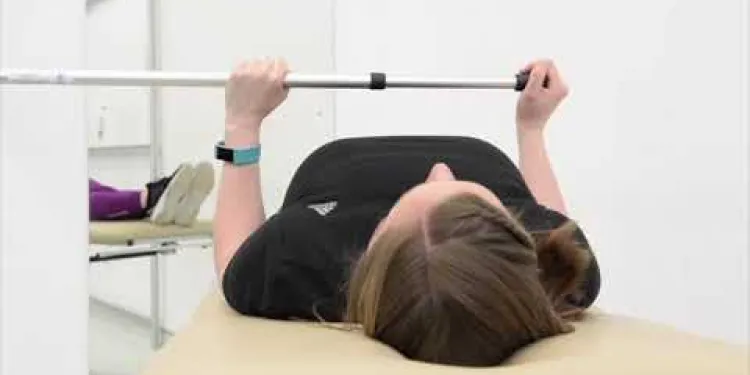
Frozen Shoulder Assisted Lateral Rotation
Relevance: 2%
-

Understanding Seasonal Flu: Prevention and Treatment
Relevance: 2%
-
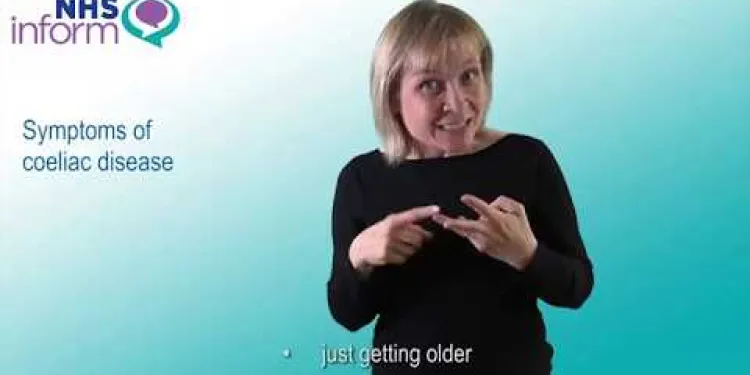
Symptoms of coeliac disease
Relevance: 2%
-
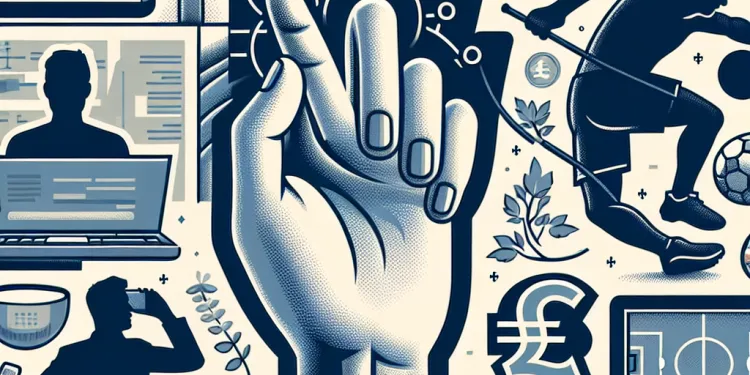
Can I work or continue sports activities if I have Carpal Tunnel Syndrome?
Relevance: 2%
-
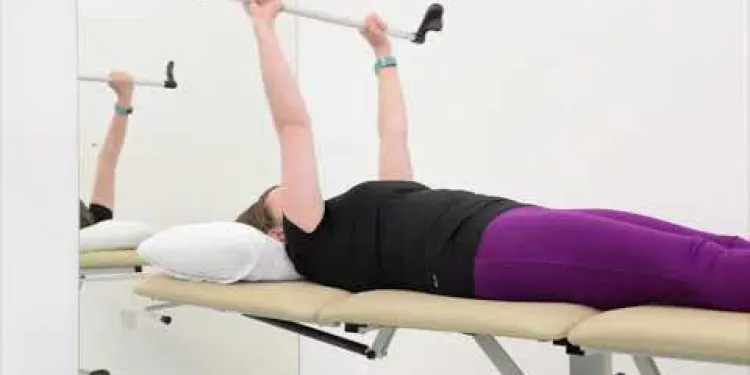
Frozen Shoulder Assisted Flexion
Relevance: 2%
-
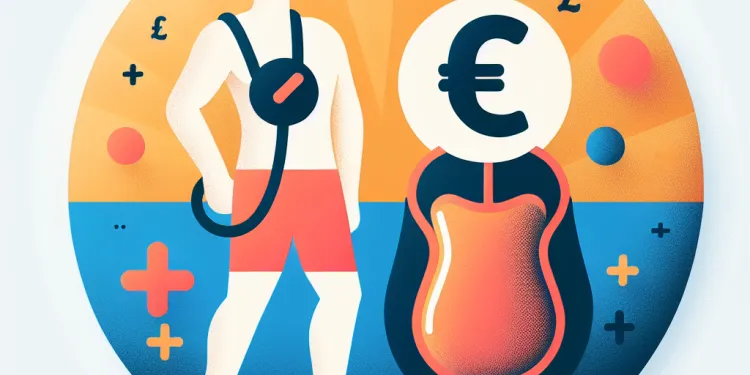
Can you participate in sports or physical activities with a stoma bag?
Relevance: 2%
-
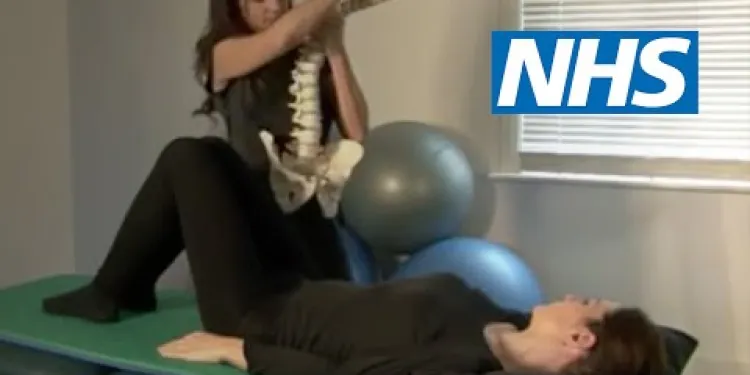
Exercises for sciatica: herniated or slipped disc | NHS
Relevance: 2%
-
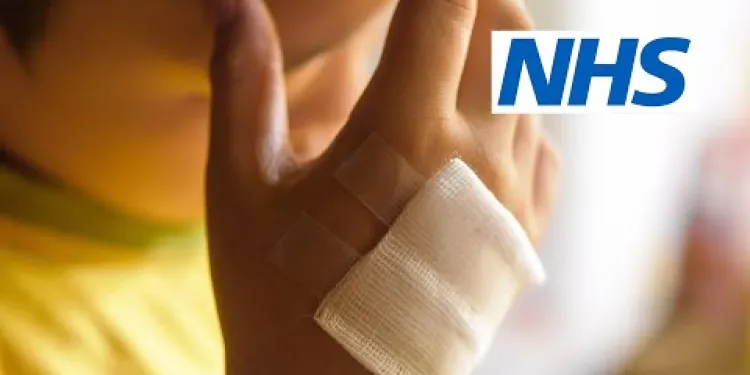
How do I deal with burns and scalds? (9 to 30 months) | NHS
Relevance: 1%
-

What is eczema? General Information
Relevance: 1%
-
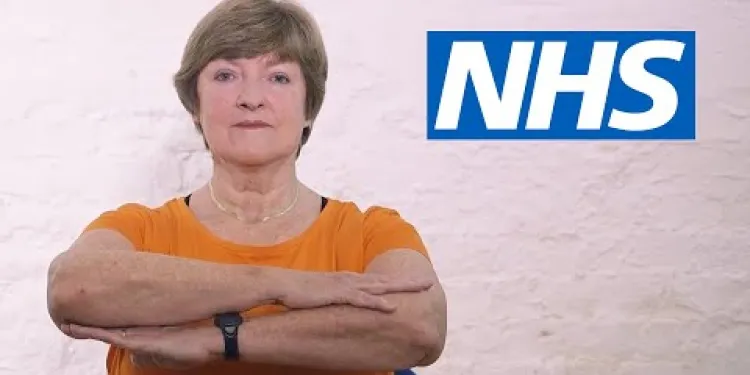
Pilates for back pain: Seated waist twist | NHS
Relevance: 1%
-
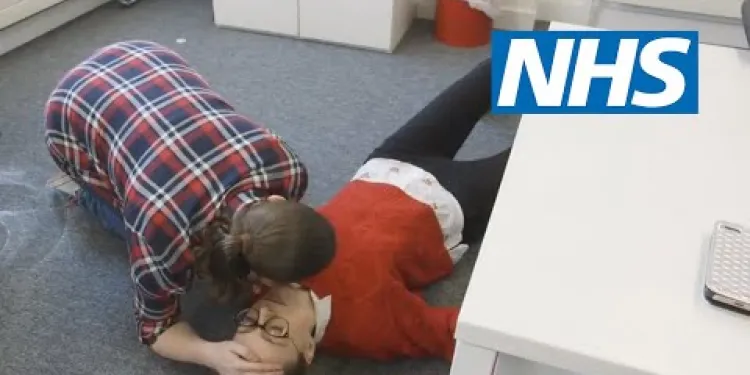
How to put someone into the recovery position | NHS
Relevance: 1%
-
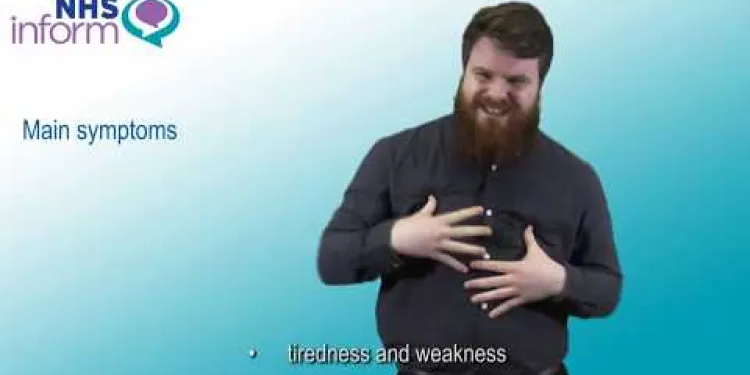
Symptoms of flu (influenza)
Relevance: 1%
-

What activities should I avoid during a heatwave?
Relevance: 1%
-

Frozen Shoulder Lateral Rotation
Relevance: 1%
Tennis Elbow: Understanding, Causes, Symptoms, and Treatments
What is Tennis Elbow?
Tennis elbow, or lateral epicondylitis, is a condition that causes pain around the outside of the elbow. Despite its name, you don’t have to play tennis to get it; it can occur from any repetitive activity that strains the forearm muscles. It is commonly seen in people aged between 30 and 50.
Causes of Tennis Elbow
Tennis elbow occurs when the tendons in your elbow are overworked, usually by repetitive motions of the wrist and arm. In the UK, it is prevalent among tradespeople, such as plumbers and painters, and athletes who engage in activities involving extensive gripping or lifting motions. Poor technique in these activities can exacerbate the condition.
Symptoms of Tennis Elbow
The primary symptom of tennis elbow is a pain on the outside of the elbow, which may also extend down towards the wrist. Other symptoms include:
- Weakness in the forearm
- Pain when lifting or bending the arm
- Difficulty in gripping objects
- Pain when twisting the forearm, such as turning a door handle
Diagnosis
A GP in the UK will usually diagnose tennis elbow based on your symptoms and medical history. Physical examination might include checking for pain around the elbow. In some cases, imaging tests such as X-rays or an MRI may be used to rule out other conditions.
Treatment and Management
Treatments for tennis elbow can vary. Initial recommendations often include rest and avoiding activities that exacerbate the pain, along with the use of ice packs to reduce inflammation. Over-the-counter pain relief such as NSAIDs may also help.
For those with persistent symptoms, a GP might recommend physical therapy, including exercises to strengthen the forearm muscles. Steroid injections can provide more immediate relief but are usually a last resort. In severe cases, surgery may be required to remove the damaged part of the tendon.
Prevention
Preventing tennis elbow involves modifying activities to reduce strain on the tendons. For athletes and workers in the UK, appropriate techniques for lifting and gripping, taking regular breaks, and ergonomic adjustments can help. Additionally, exercises to improve the strength and flexibility of the forearm muscles can be beneficial.
Tennis Elbow: What It Is, Causes, Signs, and Help
What is Tennis Elbow?
Tennis elbow is when the outside of your elbow hurts. You don't have to play tennis to get it. It can happen if you do the same arm movements again and again. People between 30 and 50 years old often get it.
Why Do People Get Tennis Elbow?
Tennis elbow happens when you use your elbow too much. This usually happens when you move your wrist and arm again and again. People like plumbers, painters, and athletes who grip or lift things a lot often get it. Doing these activities the wrong way can make it worse.
Signs of Tennis Elbow
The main sign is pain on the outside of your elbow. The pain can go down to your wrist. Other signs are:
- Weak feeling in your forearm
- Pain when you lift or bend your arm
- Hard to hold things
- Pain when you twist your arm, like turning a door handle
How Doctors Find Out
In the UK, a doctor will ask about your pain and check your elbow. They might use X-rays or an MRI to make sure it's tennis elbow and not something else.
How to Feel Better
To help with tennis elbow, you should rest your arm and try not to do things that hurt it. Using ice packs can also help with swelling. You can take medicine like ibuprofen to help with pain.
If the pain doesn’t go away, a doctor may tell you to try exercises to make your arm stronger. Sometimes, injections can help with the pain quickly. If nothing helps, doctors may suggest surgery to fix the tendon.
How to Stop Tennis Elbow
To stop tennis elbow, change how you do things to use your arms less. If you’re an athlete or do jobs in the UK that need lifting and gripping, learn the right way to do these. Take breaks and set things up to work better for your body. Exercises that make your forearm strong and flexible can also help.
Frequently Asked Questions
What is tennis elbow?
Tennis elbow, also known as lateral epicondylitis, is a condition that causes pain around the outside of the elbow. It often occurs due to overuse of the muscles and tendons in your forearm.
What are the symptoms of tennis elbow?
The primary symptom is pain and tenderness on the outside of your elbow. This pain may extend to your forearm and wrist and can worsen with activities that involve lifting, gripping, or bending your arm.
What causes tennis elbow?
Tennis elbow is usually caused by repetitive stress and overuse of the forearm muscles and tendons. Common causes include playing tennis, racquet sports, repeated use of tools, and even activities like painting or typing.
How is tennis elbow diagnosed?
A doctor can usually diagnose tennis elbow based on a physical examination and a review of your medical history. In some cases, imaging tests like X-rays or MRIs may be used to rule out other conditions.
Is tennis elbow only a concern for tennis players?
No, tennis elbow can affect anyone who engages in activities that strain the forearm muscles and tendons. This includes athletes, manual labourers, and office workers.
What are the treatment options for tennis elbow?
Treatments may include rest, ice packs, pain relief medications, physical therapy, and in some persistent cases, steroid injections or surgery. It's crucial to consult a healthcare professional for an appropriate treatment plan.
Can I continue to play sports if I have tennis elbow?
It's generally recommended to rest and avoid activities that aggravate your condition. Continuing to play sports without adequate rest may worsen the injury.
How long does it take to recover from tennis elbow?
Recovery time varies; mild cases may improve within a few weeks with proper rest and treatment, while more severe cases can take several months.
Can physiotherapy help with tennis elbow?
Yes, physiotherapy can be very effective. Strengthening and stretching exercises can help reduce symptoms and improve functionality. A physiotherapist can create a tailored exercise programme for you.
Are there any home treatments for tennis elbow?
Home treatments include rest, applying ice packs, over-the-counter pain relief medications, and gentle stretching exercises. It's advisable to consult with a healthcare provider before starting any home treatment.
What should I avoid if I have tennis elbow?
You should avoid repetitive activities that strain your forearm muscles and tendons, such as heavy lifting, gripping, or playing sports like tennis until your symptoms improve.
Is wearing a brace or strap helpful for tennis elbow?
A brace or strap may help alleviate symptoms by reducing strain on the affected tendons. It’s best to consult with a healthcare provider to ensure proper usage and fit.
Can tennis elbow lead to any complications?
If left untreated, tennis elbow can lead to chronic pain and diminished strength and flexibility in the arm. It's important to seek proper treatment to avoid these complications.
Is surgery necessary for tennis elbow?
Surgery is rarely needed and is typically considered only if other treatments have failed to relieve symptoms after several months. Most cases of tennis elbow can be managed with conservative treatments.
Can children get tennis elbow?
It's uncommon but possible for children to develop tennis elbow, particularly if they participate in activities that put repetitive strain on their forearm muscles and tendons.
What is tennis elbow?
Tennis elbow is when your elbow hurts. It happens when you use your arm a lot.
You can feel the pain on the outside of your elbow.
If you think you have tennis elbow, you can ask a doctor for help.
Using a cold pack and resting your arm can make it feel better.
Talking to a physiotherapist might help too. They can show you exercises to help your elbow.
Tennis elbow is when your elbow hurts on the outside. It has a long name, lateral epicondylitis. It happens when you use the muscles and tendons in your arm too much.
What happens when you have tennis elbow?
The main sign is pain on the outside of your elbow. Your elbow might feel sore to touch. The pain can spread to your lower arm and wrist. It may get worse when you lift things, hold things tight, or bend your arm.
Here are some tools that might help: - Use a soft grip on things you hold - Try squeezing a stress ball to strengthen your arm - Take breaks if you use your arm a lot.
Why does tennis elbow happen?
Tennis elbow happens when you use your arm too much. It can hurt the muscles and tendons in your arm. You might get it from playing tennis, other racket sports, using tools a lot, or doing things like painting or typing for a long time.
How do doctors know if you have tennis elbow?
A doctor can tell if you have tennis elbow by looking at your arm and asking you questions. Sometimes, the doctor might use special pictures like X-rays or MRIs to make sure it's not something else.
Can you get tennis elbow if you don't play tennis?
No, anyone can get tennis elbow. It happens when you use your arm too much. This can happen to athletes, people who do hard work with their hands, and people who work in offices.
How can we help pain from tennis elbow?
Tennis elbow hurts the arm. Here are ways to feel better:
- Rest your arm: Try not to use your arm too much.
- Ice pack: Put a cold pack on your arm to help the pain.
- Pain medicine: You can take medicine to help stop the pain. Ask a grown-up or doctor first.
- Arm exercises: Some exercises may help your arm get stronger. A doctor or therapist can show you how.
- Support for your arm: Wearing a special band or strap can help support your arm.
- See a doctor: If your arm still hurts, visit a doctor for more help.
If reading is hard, tools like audio readers or reading apps can help. Ask someone to read with you for extra support.
If you get hurt, here are some things that might help you feel better:
- Take a break and rest.
- Put ice on the sore spot to help it feel better.
- You can take medicine to help with the pain. Ask an adult first.
- Do exercises that a doctor or therapist tells you to do. This is called physical therapy.
- If nothing else works, a doctor might give you a special shot or talk about having an operation.
Always talk to a doctor or nurse to get the best help for you.
Can I still play sports if my elbow hurts from tennis?
If your elbow hurts from playing tennis, it is called "tennis elbow." You might need to rest your arm, but you can still do some light sports. Ask a doctor or a physiotherapist for help. They can tell you which sports are okay. Use a band or support on your elbow for extra help.
It is usually a good idea to rest. Try not to do things that make your injury hurt more. If you keep playing sports without resting, your injury might get worse.
How long until my elbow gets better?
When you have a sore elbow from playing tennis, it might take a few weeks or months to feel better.
Here are some tips to help you:
- Rest your arm. Try not to lift or use it too much.
- Put ice on your elbow. This can help with pain and swelling.
- Ask an adult to show you some easy exercises. This can help make your arm strong again.
- Wear a special band on your arm if a doctor says so. It can help your elbow heal.
Be patient! Everyone gets better at their own speed.
Getting better can take different times. If it's not too bad, you might feel good in a few weeks. You need to rest and get help. If it's really bad, it can take a lot of months to get better.
Can physio help with tennis elbow?
Tennis elbow is when your elbow hurts because you use it a lot. Physiotherapy, or physio, is when a therapist helps your body feel better by using special exercises and treatments. These can help your elbow feel less sore.
If your elbow aches, a physio can show you gentle exercises. They might use special machines or ways to make the pain better. Your physio might also teach you how to move your arm in a way that doesn't hurt.
Some things that can help your sore elbow get better are:
- A warm cloth on your elbow.
- Taking breaks when using your arm a lot.
- Using a squeeze ball to make your arm stronger.
If your arm still hurts, it's a good idea to talk to a doctor or a physio to help you feel better. They know how to help you get stronger and not hurt as much.
Yes, physiotherapy can help a lot. Doing exercises to make your body stronger and stretch your muscles can make you feel better. This can help you move easier. A physiotherapist can make a special exercise plan just for you.
Can I treat tennis elbow at home?
If you hurt yourself, there are things you can do at home to feel better.
Rest. Take it easy and don't move too much.
Use ice packs. Put a cold pack on the sore spot to help with swelling.
Take pain medicine. You can buy it from the store to help with pain.
Do gentle stretches. Move slowly and stretch the sore area.
It's a good idea to talk to a doctor before doing these things.
What should I avoid if I have tennis elbow?
If you have tennis elbow, try not to do things that make it hurt.
- Don't lift heavy things with your hand.
- Try not to use your arm a lot. Rest is good.
- Avoid playing sports that need a strong grip, like tennis.
- If something hurts your elbow, stop doing it.
Use these tips:
- Take breaks when using your arm.
- Do gentle stretches.
- Ask a doctor or therapist for exercises.
Try not to do things that make your arm hurt, like lifting heavy things, squeezing too hard, or playing sports like tennis. Wait until your arm feels better before doing these activities again.
Can a brace or strap help with tennis elbow?
A brace or strap can help your elbow feel better if you have tennis elbow. It gives support and can reduce pain. A physiotherapist can show you how to use it. Remember, it’s important to rest your elbow too.
A special band or strap can help make your arm feel better. It can take some pressure off your sore muscles. Ask a doctor or nurse to show you how to use it the right way.
Can tennis elbow cause other problems?
Tennis elbow can hurt your arm. It can also cause other problems if not treated. Here is how you can help:
- See a doctor if your elbow hurts.
- Rest your arm to help it get better.
- Use ice to reduce swelling and pain.
- A doctor might suggest exercises for recovery.
If you don't treat tennis elbow, it can cause bad pain that lasts a long time. Your arm might also get weaker and harder to move. It's important to get help so this doesn't happen.
Do you need surgery for tennis elbow?
Tennis elbow can make your arm hurt. You might wonder if doctors need to do surgery to fix it.
Most people do not need surgery for tennis elbow. Resting your arm and doing exercises can help it get better.
Here are some things you can do:
- Rest your arm and stop doing things that hurt it.
- Use ice packs to make the pain go away.
- Do simple exercises to make your arm strong again.
- Use a special band on your arm to help it heal.
If your arm still hurts a lot after trying these things, talk to a doctor. They can help you decide if surgery is needed.
People do not usually need surgery. Doctors think about surgery only if other treatments did not work after a long time. Most of the time, tennis elbow gets better with simple treatments.
Can kids get tennis elbow?
Tennis elbow is a pain in the arm from too much use. It mostly happens to grown-ups. But sometimes, kids can get it too.
If kids play sports a lot, their arms can hurt. If a kid's arm hurts, they should see a doctor.
Helpful Tip: Kids can rest and use an ice pack on their arm. This can make it feel better.
Kids can sometimes get tennis elbow. This doesn't happen a lot, but it can. It happens when they do things over and over that put pressure on their arm muscles and tendons.
Useful Links
Useful links from: Elbow
- NHS - Elbow Pain Comprehensive information by the NHS about the causes, symptoms, diagnosis, and treatment of elbow pain.
- Versus Arthritis - Elbow Pain Versus Arthritis provides detailed information on elbow pain, including common conditions like tennis elbow, causes, management, and treatment options.
- NHS - Tennis Elbow Official NHS guidance on tennis elbow, detailing symptoms, causes, and how the condition can be diagnosed and treated.
- Orthopaedic Research UK - Elbow Conditions Information provided by Orthopaedic Research UK on various elbow conditions, their symptoms, and potential treatment options.
Useful links from: Elbow Eccentric Strengthening Exercise
- NHS - Tennis Elbow Provides comprehensive information on Tennis Elbow, including symptoms, diagnosis, and treatment options such as eccentric strengthening exercises.
- Versus Arthritis - Tennis Elbow Offers detailed guidance on managing and treating Tennis Elbow, including the role of eccentric strengthening exercises in rehabilitation.
- NHS Inform - Tennis Elbow Scottish NHS resource that provides information on Tennis Elbow, its causes, treatments, and specific exercises including eccentric strengthening methods.
- British Orthopaedic Association - Tennis Elbow The British Orthopaedic Association's resource page on Tennis Elbow includes insights on treatment protocols and the benefit of eccentric strengthening exercises.
- Ergsy carfully checks the information in the videos we provide here.
- Videos shown by Youtube after a video has completed, have NOT been reviewed by ERGSY.
- To view, click the arrow in centre of video.
- Most of the videos you find here will have subtitles and/or closed captions available.
- You may need to turn these on, and choose your preferred language.
- Go to the video you'd like to watch.
- If closed captions (CC) are available, settings will be visible on the bottom right of the video player.
- To turn on Captions, click settings .
- To turn off Captions, click settings again.
More Items From Ergsy search
-

Elbow
Relevance: 100%
-

Tennis Elbow
Relevance: 77%
-

Elbow
Relevance: 72%
-

Eccentric loading forearm extensors (for tennis elbow)
Relevance: 45%
-

Elbow Eccentric Strengthening Exercise
Relevance: 41%
-

How to take someone's blood pressure
Relevance: 4%
-

What causes concussions in rugby?
Relevance: 4%
-

Are there specific exercises that can help with Carpal Tunnel Syndrome?
Relevance: 3%
-

Frozen Shoulder Anterior Shoulder Stretch
Relevance: 3%
-

How can I prevent spreading my cold to others?
Relevance: 3%
-

Psoriasis | NHS
Relevance: 3%
-

Tips for breathlessness | NHS
Relevance: 2%
-

Can over-the-counter treatments help with psoriasis?
Relevance: 2%
-

How to treat psoriasis
Relevance: 2%
-

Is there a cure for psoriasis?
Relevance: 2%
-

Pressure ulcer prevention: A guide for patients, carers and healthcare professionals
Relevance: 2%
-

Managing and treating your child's eczema
Relevance: 2%
-

What are topical treatments for psoriasis?
Relevance: 2%
-

Shoulder Exercises 1
Relevance: 2%
-

What causes psoriasis?
Relevance: 2%
-

An Introduction to Decompression Illness: Signs & Symptoms”. Dr Roland Armes
Relevance: 2%
-

Frozen Shoulder Isometric External Rotation
Relevance: 2%
-

Frozen Shoulder Assisted Lateral Rotation
Relevance: 2%
-

Understanding Seasonal Flu: Prevention and Treatment
Relevance: 2%
-

Symptoms of coeliac disease
Relevance: 2%
-

Can I work or continue sports activities if I have Carpal Tunnel Syndrome?
Relevance: 2%
-

Frozen Shoulder Assisted Flexion
Relevance: 2%
-

Can you participate in sports or physical activities with a stoma bag?
Relevance: 2%
-

Exercises for sciatica: herniated or slipped disc | NHS
Relevance: 2%
-

How do I deal with burns and scalds? (9 to 30 months) | NHS
Relevance: 1%
-

What is eczema? General Information
Relevance: 1%
-

Pilates for back pain: Seated waist twist | NHS
Relevance: 1%
-

How to put someone into the recovery position | NHS
Relevance: 1%
-

Symptoms of flu (influenza)
Relevance: 1%
-

What activities should I avoid during a heatwave?
Relevance: 1%
-

Frozen Shoulder Lateral Rotation
Relevance: 1%